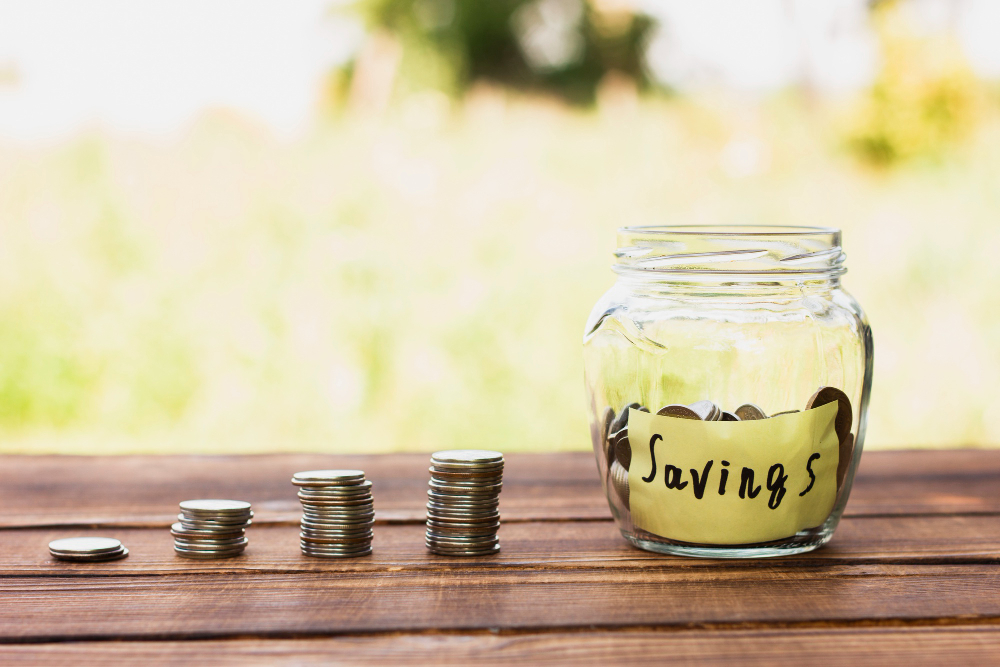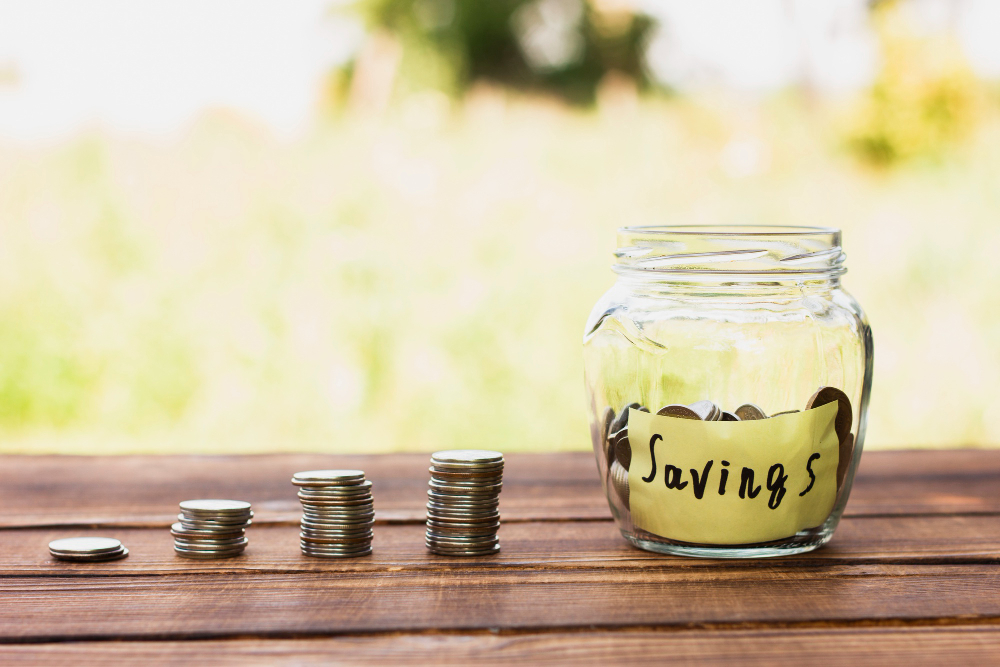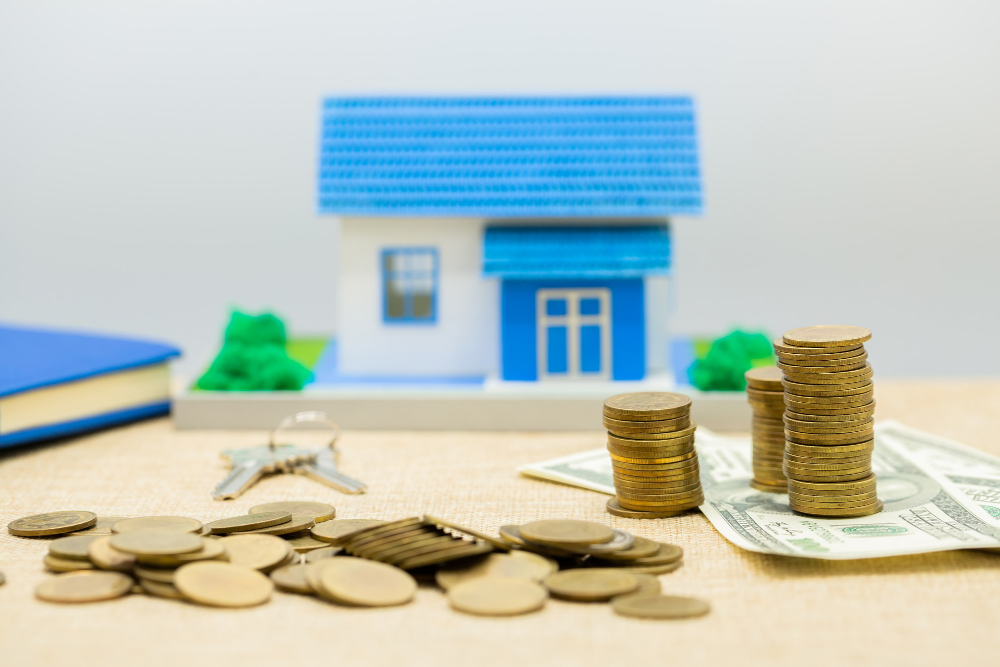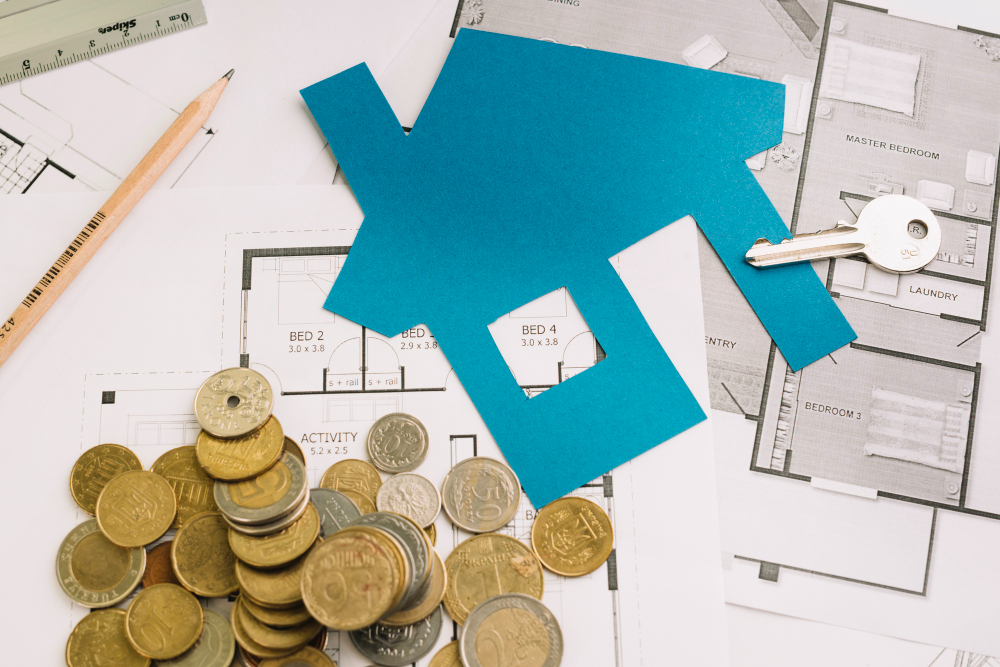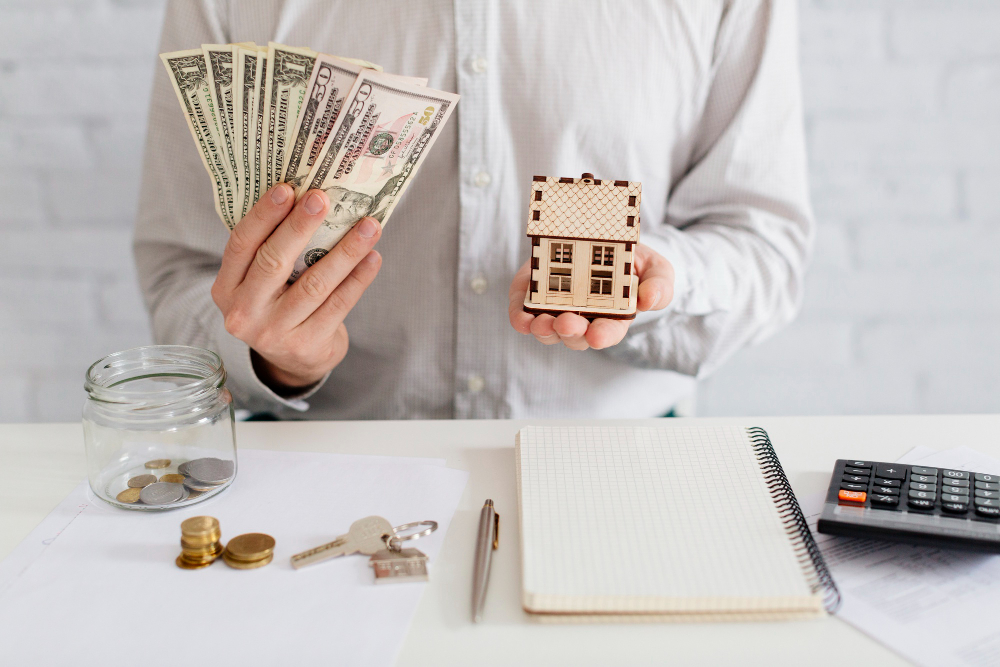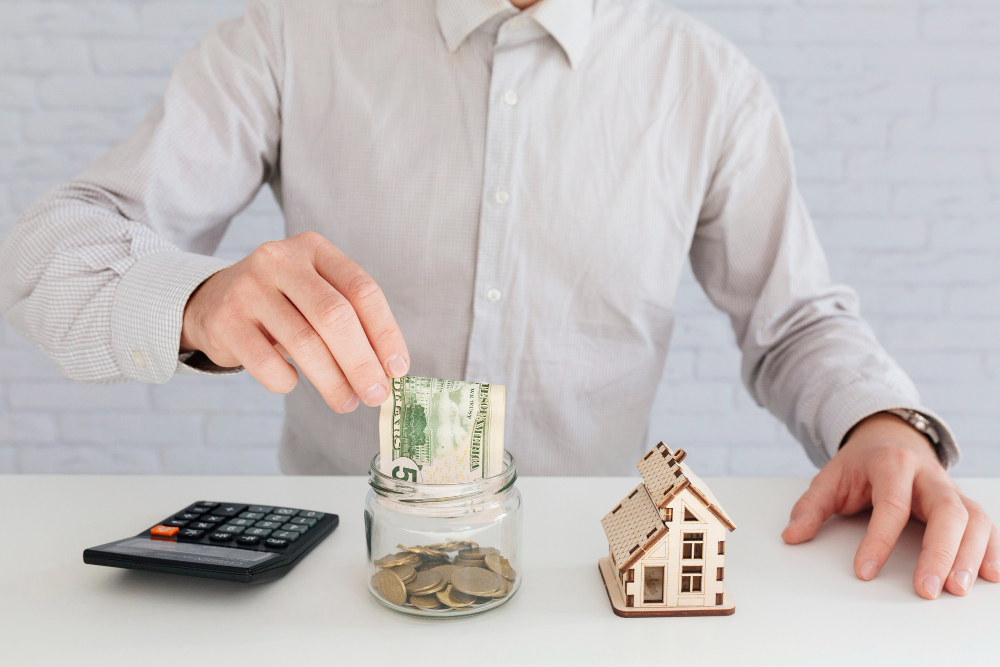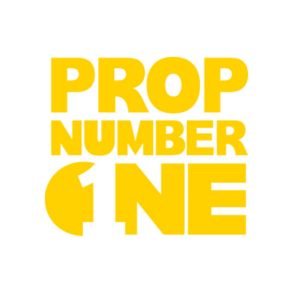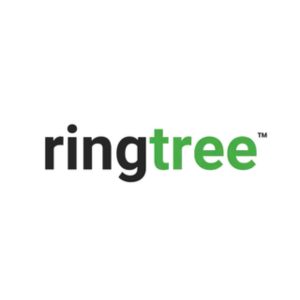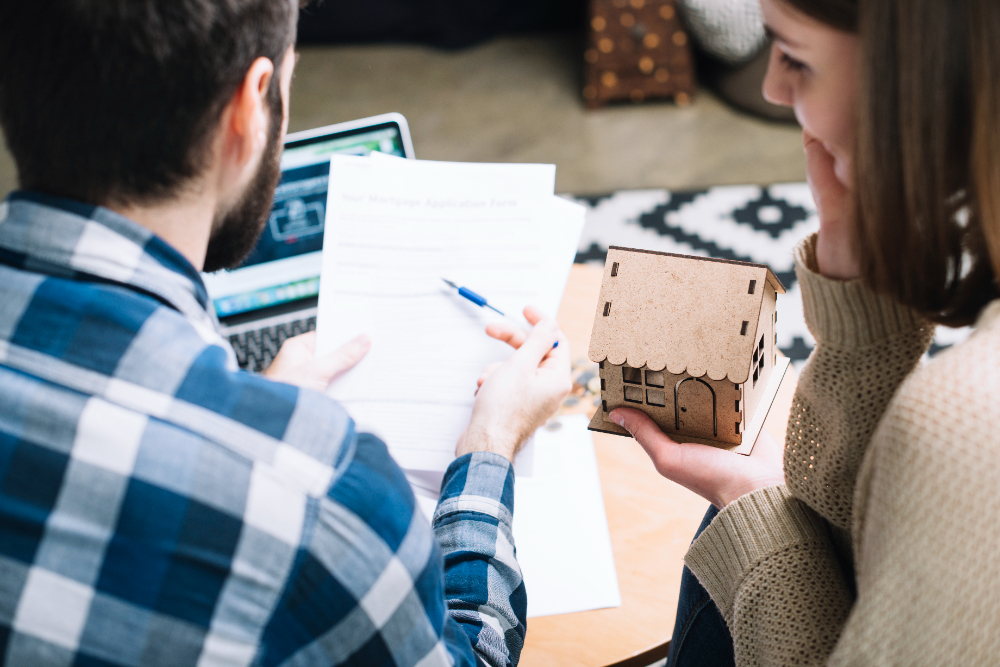
How to Save for a House as a Couple: Joint Budgeting and Financial Planning for Homebuyers
Introduction
Why financial planning matters for homebuyers
Financial planning helps homebuyers stay focused on their goals. It provides clarity on how do I save for a down payment on a house. A solid plan helps couples understand their expenses, income, and potential mortgage payments. With a clear financial picture, you can set realistic savings targets and avoid unnecessary debt. Planning together ensures both partners stay aligned and work toward a common goal.
Good financial planning prepares you for future changes. Whether it’s job shifts or unexpected expenses, a plan keeps you on track. Couples can use joint resources to create a stronger budget. This collaborative effort increases your chances of homeownership without causing financial strain.
Understanding the significance of joint budgeting
Joint budgeting is crucial for couples saving for a down payment. It allows both partners to manage finances together. Combining incomes lets you save faster and more efficiently. Tracking shared expenses helps identify areas to cut costs. Both partners should discuss savings goals and decide how much each will contribute.
Joint budgeting also encourages open communication about money. It ensures you both understand each other’s financial habits. You’ll be able to allocate funds toward the down payment more effectively. This shared responsibility creates accountability and strengthens your commitment to buying a home.
Setting Realistic Savings Goals for Your First Home
How do I save for a down payment on a house?
Saving for a down payment on a house starts with understanding how much you need. The required down payment usually ranges from 5% to 20% of the home’s purchase price. For example, a $400,000 home would need a down payment of $20,000 to $80,000, depending on the loan type. Some first-time homebuyer programs offer lower down payment options, which could help you save more quickly.
Once you have an estimate, break down your savings goal into smaller, more manageable monthly amounts. This makes the process less daunting and helps you stay focused. Using tools like online calculators or working with a financial advisor can provide additional clarity.
Determining how much you need for a down payment
To accurately determine how much you need for a down payment, consider the price of the home you want to buy. Research homes in your desired area to get a sense of market prices. If you're unsure, start by looking at homes within your budget and then calculate the down payment based on a percentage of the price.
It’s also important to consider other expenses that come with buying a home, such as closing costs, inspection fees, and moving expenses. Including these in your savings plan will help ensure you're financially prepared for all costs involved. A well-rounded plan will keep you on track and avoid surprises when it’s time to purchase your home.
Create a Joint Budget for Home buying Success
How to combine income and expenses effectively
Combining your incomes and expenses is a powerful strategy when saving for a down payment on a house. The key is transparency and organization. Start by sharing details of both incomes, monthly expenses, and financial obligations. This will help you get a clear picture of your combined financial situation. Use a shared budgeting tool or spreadsheet to track all income sources and expenses, and regularly update it to reflect any changes.
Be realistic about how much each partner can contribute to the down payment savings. Consider each person’s income, individual debts, and financial commitments. You don’t necessarily have to contribute equally, but the amount you save together should reflect your combined financial strength. Create a plan that feels fair and sustainable, focusing on long-term goals.
Tips for managing joint finances with your partner
Managing joint finances requires open communication and mutual trust. Start by setting clear financial goals, such as the amount you want to save each month for your down payment. Make sure both partners agree on the budget and savings targets. Establish regular check-ins to discuss your progress and make adjustments if needed.
Create separate categories for shared and individual expenses. For example, have a joint account for household expenses while maintaining separate accounts for personal spending. This will help you manage everyday costs without losing track of your savings goal.
Be proactive in tracking expenses, and avoid unnecessary purchases that could derail your plan. By maintaining a flexible and disciplined approach to your joint finances, you’ll be better equipped to save for a down payment while working together toward your homeownership dream.
Open a Dedicated Savings Account for Your Down Payment
The best savings accounts for couples
Choosing the right savings account is crucial for couples saving for a down payment on a house. Look for accounts that offer high interest rates, low fees, and easy access to your funds. High-yield savings accounts or money market accounts are excellent options, as they provide better returns than traditional savings accounts. Some banks even offer joint accounts specifically designed for couples, making it easy to manage and track savings together.
Consider accounts with automatic savings features, allowing you to set up regular contributions. This can help both partners stay disciplined and ensure your savings grow steadily. Additionally, check if there are any restrictions on withdrawals or minimum balance requirements. A flexible, high-interest account can give your savings the best opportunity to grow while keeping your goals on track.
Setting up automatic transfers to save consistently
Automatic transfers are one of the best ways to save consistently for a down payment on a house. Setting up automatic transfers from your checking to your joint savings account ensures that you prioritize saving before spending. Choose a fixed amount that both partners can comfortably contribute each month. This strategy removes the temptation to skip or reduce savings, making it easier to stay on track toward your down payment goal.
Schedule the transfers shortly after payday to ensure the money is saved first. Automating your savings also helps with budgeting, as you won’t have to worry about manually moving funds each month. Over time, these consistent contributions will add up, bringing you closer to your goal of purchasing a home.
Cut Unnecessary Expenses to Save Faster
Identifying areas to reduce spending
To save for a down payment on a house, it’s essential to identify areas where you can reduce spending. Start by reviewing your monthly expenses with your partner. Track both essential and non-essential purchases, and look for patterns in discretionary spending. Common areas to cut back include dining out, entertainment, subscriptions, and impulse buys. A joint effort to analyze these expenses helps you both understand where money is being spent and where savings can be made.
Look for recurring charges that you no longer need or use, such as unused streaming services or memberships. Even small adjustments, like cooking at home more often or limiting weekend activities, can have a significant impact on your overall budget. The goal is to prioritize your down payment savings by eliminating or reducing costs that don’t contribute to your long-term financial goals.
How cutting back on non-essentials boosts your savings
Cutting back on non-essential spending directly boosts your savings by freeing up more money to put toward your down payment. When you prioritize saving over short-term luxuries, you create more room in your budget to allocate funds for your home purchase. Reducing spending on things like unnecessary shopping or frequent takeout means you can redirect those funds into your joint savings account.
By consistently cutting back on these non-essentials, you’ll notice your savings growing faster. The more you reduce lifestyle expenses, the more you can contribute to your down payment without feeling strained. This process also encourages better financial habits, making it easier to stay on track and maintain your focus on your homeownership goal. Ultimately, making these sacrifices will bring you closer to being able to buy your dream home.
Explore Additional Income Streams for Faster Savings
How to save for a down payment on a house by earning extra income
One of the fastest ways to save for a down payment on a house is by increasing your income. Earning extra money allows you to accelerate your savings and reach your goal sooner. There are many ways to bring in additional funds without overwhelming your daily schedule. Look for side hustles or freelance opportunities that align with your skills and interests. Whether it’s taking on a part-time job, freelancing, or offering services like babysitting or pet sitting, extra income can make a significant difference.
Consider online platforms that offer flexible work, such as gig economy jobs, freelance writing, graphic design, or virtual assistance. These side gigs can easily fit around your regular job, allowing both partners to contribute. By dedicating this extra income directly to your down payment savings, you can see your progress grow more quickly, easing the stress of saving.
Side hustles and freelance opportunities to increase your savings
There are a variety of side hustles and freelance opportunities that can help you boost your savings for a down payment on a house. If you have a creative skill, consider freelance work like graphic design, photography, or content writing. Websites like Upwork or Fiverr connect freelancers with clients looking for these services. If you’re good with your hands, you could offer tutoring, photography, or even home repair services in your local area.
For those who are tech-savvy, opportunities like web development, app design, or social media management are in high demand. These types of freelance jobs often pay well and can be done on your own time, giving you the flexibility to earn extra money without disrupting your regular schedule. By using these additional earnings specifically for your down payment fund, you'll fast-track your way to homeownership while building a solid financial future.
Monitor Your Progress and Adjust Your Budget as Needed
Tracking your savings and expenses together
Tracking your savings and expenses together is essential when saving for a down payment on a house. Create a shared system to monitor your income, spending, and savings progress. This can be done through budgeting apps, spreadsheets, or even a simple shared calendar. Make sure both partners have access and update the information regularly. Tracking your finances ensures that both of you stay aligned on your goals and can spot any discrepancies early.
By reviewing your progress together, you can adjust your budget, find areas to cut back, and identify where you might be overspending. This transparency helps avoid misunderstandings and ensures you're both committed to the plan. Regular check-ins will also keep the momentum going and help you stay on track with your down payment savings.
Adjusting your financial plan for unexpected changes
Life is unpredictable, and unexpected changes will come up during your savings journey. Whether it’s a sudden medical expense, job change, or shift in living costs, it’s important to remain flexible with your financial plan. When changes occur, sit down together and reassess your budget. Determine if you need to adjust your savings goals or temporarily reduce your contributions to your down payment fund.
If possible, look for new opportunities to offset these changes, like cutting back on discretionary spending or increasing your income through side hustles. Adjusting your financial plan to accommodate life’s uncertainties will keep your homeownership goal within reach, even during challenging times. Regularly reviewing and adapting your plan will ensure you're both on track, no matter what unexpected events come your way.
Conclusion
The rewards of saving together as a couple
Saving together as a couple brings many rewards, both financially and emotionally. By working as a team, you combine your strengths and resources, making it easier to reach your goal of saving for a down payment on a house. You’ll develop a sense of shared responsibility and commitment, which strengthens your bond as a couple. The sense of accomplishment when you hit savings milestones can also be incredibly motivating, driving you to stay focused on your goal.
Additionally, saving together helps build financial transparency and trust. You both understand your financial situation fully and can address any concerns before they become issues. This collaborative effort makes you both more confident in your ability to manage your money effectively and work toward a shared dream.
How collaboration and planning will bring you closer to your dream home
Collaboration and planning are key to achieving your dream of homeownership. When you both contribute to the financial plan, share responsibilities, and actively communicate, you strengthen your partnership. Whether it's adjusting your budget, setting realistic goals, or tracking progress, every step taken together brings you closer to owning a home.
Planning your savings, setting regular check-ins, and celebrating small victories along the way also reinforces your connection. You’ll begin to view your goal of homeownership not just as an individual achievement but as a joint success. This shared experience builds a deeper understanding of each other’s financial habits and priorities, ensuring you're both committed to reaching your dream home together.
